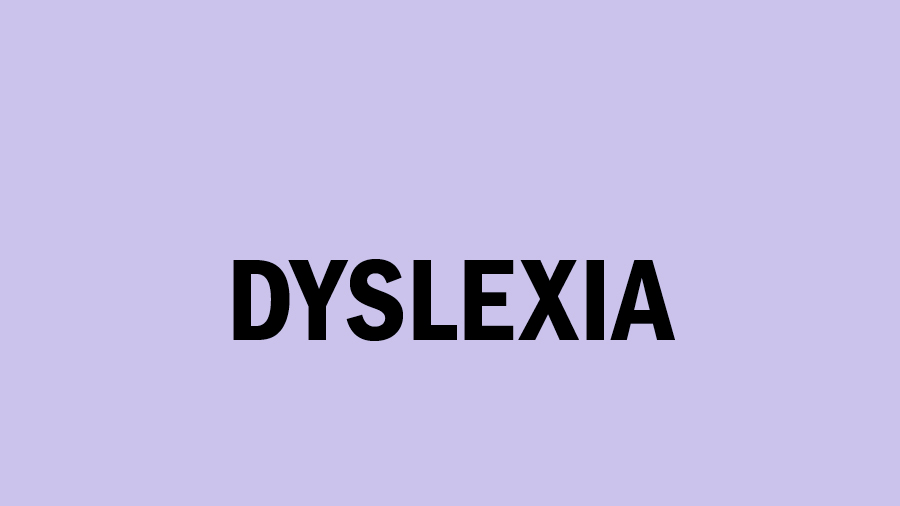A website created last week is providing a fascinating look into what some forms of dyslexia look like, and the results are a must-see. The goal is for people without dyslexia to appreciate how hard it can be to read or do math for their peers who do. The website isn't an across-the-board view of what it's like to have dyslexia, but it's an eye-opening experience to see words and letters so distorted.
“A friend who has dyslexia described to me how she experiences reading. She can read, but it takes a lot of concentration, and the letters seems to 'jump around,'" the site’s introduction reads.
Dyslexia is a learning difference affecting the way the brain processes written and spoken language. It is not laziness, disruptive behavior, or a general lack of comprehension. One commenter on the website's described the phenomenon as similar to bad eyesight.
"When someone with dyslexia like myself says things look like they 'jump around' they do not mean it literally," they write. "Those are just the closeish words for what is rather more hard to describe. It's more like your prescription of things are wonky. Think of that moment you are looking at an optical illusion when a thing you're looking [at] is suddenly something else, a vase becomes a face. It's like that kinda with the structure of words constantly conceptually unstable.”
While the exact causes of dyslexia are not entirely clear, years of research and success stories, from Henry Ford to Keira Knightley, have shown that dyslexia is not the hindrance to achievement that so many mistakenly assume.
People who go without proper diagnosis and treatment of learning differences like dyslexia are likely to fall behind in school, but it’s absolutely not their fault. It can be years before anyone figures out what's really wrong — another commenter on the dyslexia view simulator shared a story about being assigned to the "dumpy class" in junior high and told she'd never get into college. She didn't find out she was dyslexic until she made it to grad school.
According to the U.S. Department of Education, more than two million students ages 3 through 21 have learning differences, and the vast majority of those students have trouble with reading. But it’s difficult to get an exact number on purely dyslexic students, since so many other factors, such as teaching methods and home environments, can affect reading comprehension.
In other words, there are a lot of reasons why students are feeling behind or confused in school — dyslexia may be the most common diagnosis, but the need for teacher resources and open, thoughtful conversation with students about where and why they’re having problems is key to making sure every child gets the education they not only deserve, but are capable of.
Related: 20 Girls in Their 20s Open Up About How They Were Bullied
Sex Ed 101:
